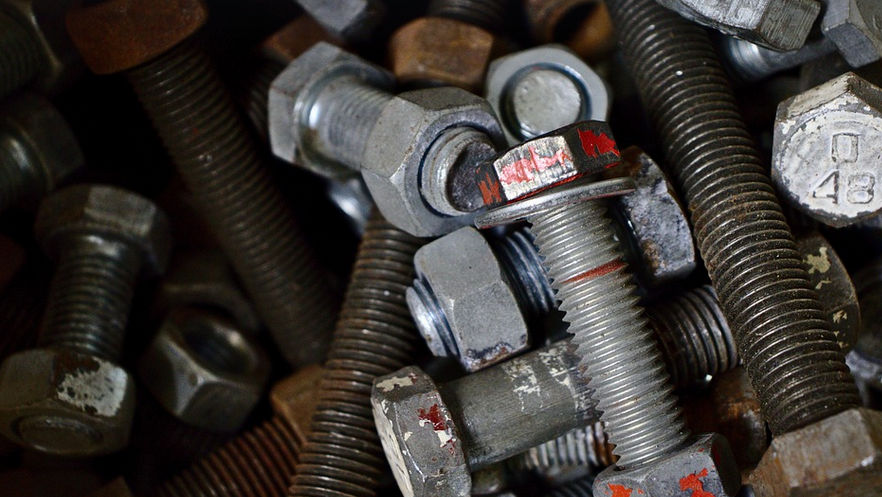
Constant Tension Hose Clamp Size Chart: A Complete Guide For 2025
Understanding the Importance of Hose Clamps
Hose clamps, also known as hose bands or hose fasteners, are essential tools in countless industries and applications. From automotive repairs to plumbing projects, their ability to securely fasten tubes and hoses is invaluable. The key to successful fastening lies in choosing the appropriate size clamp for your application. This guide provides a comprehensive overview of constant tension hose clamps with a size chart that will empower you to select the ideal clamp for any task.
What Makes Constant Tension Hose Clamps Special?
Unlike other types of hose clamps, constant tension hose clamps offer a distinct advantage. They use a unique design featuring a spring-loaded mechanism that ensures a consistent and firm grip on the hose or tube. This results in superior performance compared to traditional clamp methods.
The Anatomy of a Hose Clamp: A Closer Look
Each constant tension hose clamp is composed of several key components. The most prominent features are:
* **Clamping Head:** This crucial element, often rounded on the inner and outer edges, directly clamps onto the tubing or hose, creating a secure hold. The head provides even pressure distribution across the clamped area for a reliable connection.
**Clamp Body:** This component is the backbone of the clamp and houses the spring mechanism that ensures consistent tension. The body is typically made from robust materials like steel or stainless steel to withstand stress and corrosion.
**Spring Mechanism:** The heart of the constant tension system lies within the spring itself, which exerts a controlled pressure on the hose or tube with each installation. This spring mechanism allows for a consistent and precise clamp without manual adjustment.
Choosing the Right Size: A Guide to Success
The most important aspect of efficient hose clamping is selecting the appropriate size for your specific application. A well-chosen hose clamp ensures a secure hold, preventing leaks or premature wear.
Step One: Measure Your Hose or Tube
Begin by accurately measuring the diameter (D) of your tubing or hose using a ruler or caliper. This measurement is crucial in determining the correct clamp size for proper clamping pressure.
Step Two: Consult the Size Chart
A comprehensive size chart with detailed instructions is essential for navigating the world of constant tension clamps. The chart will help you determine the ideal clamp size based on your hose or tube’s diameter, ensuring a secure and reliable connection.
Common Clamp Sizes & Applications
The following section explores common clamp sizes and their applications across various industries:
**1. Small Diameter (Less than 1/4″):** These clamps are perfect for thin-walled tubes, hoses, and delicate connections where minimal pressure is required.
**2. Medium Diameter (1/4″ to 1″)::** This range provides reliable clamping for larger tubing, hoses, and applications requiring medium-pressure adjustments.
**3. Large Diameter (Over 1″):: ** For the most demanding situations where significant pressure is needed. These clamps provide a robust solution for large tubes, pipes, and hoses that require strong clamping pressure
Tips & Tricks for Efficient Clamping
To ensure optimal performance and long-lasting connections:
- **Always use the correct clamp size:** Using an oversized or undersized clamp can lead to improper clamping, potentially causing leaks or premature wear.
- **Carefully clean both ends of the hose or tube before installation:** This removes dirt or debris that could impede proper clamp engagement and create gaps in the connection.
- **Apply light pressure to the spring mechanism before tightening down:** This ensures even distribution of pressure across the clamped area, minimizing stress on both the hose and the clamp itself.
- **Securely tighten the clamps:** Avoid over-tightening the clamps as excessive force can damage the hose or tube, leading to leaks.
The Future of Hose Clamps: Innovation and Sustainability
The world of hose clamps is constantly evolving. Innovation in materials science and manufacturing techniques enhances their performance and sustainability.
**Advancements in Materials:** Engineers are exploring the use of lighter, stronger, and more durable materials for clamps.
**Sustainable Manufacturing Practices:** As environmental awareness grows, the focus on sustainable manufacturing processes is increasing. Manufacturers are increasingly adopting environmentally friendly practices throughout the manufacturing process, minimizing their ecological footprint.
Conclusion: Stay Informed and Adapt
The constant tension hose clamp has become an indispensable tool in various industries. Understanding its intricacies ensures secure connections. By staying updated with this guide, you can ensure your projects are built to last. As the field of engineering continues to evolve, we anticipate even more innovative changes in the world of hose clamps.